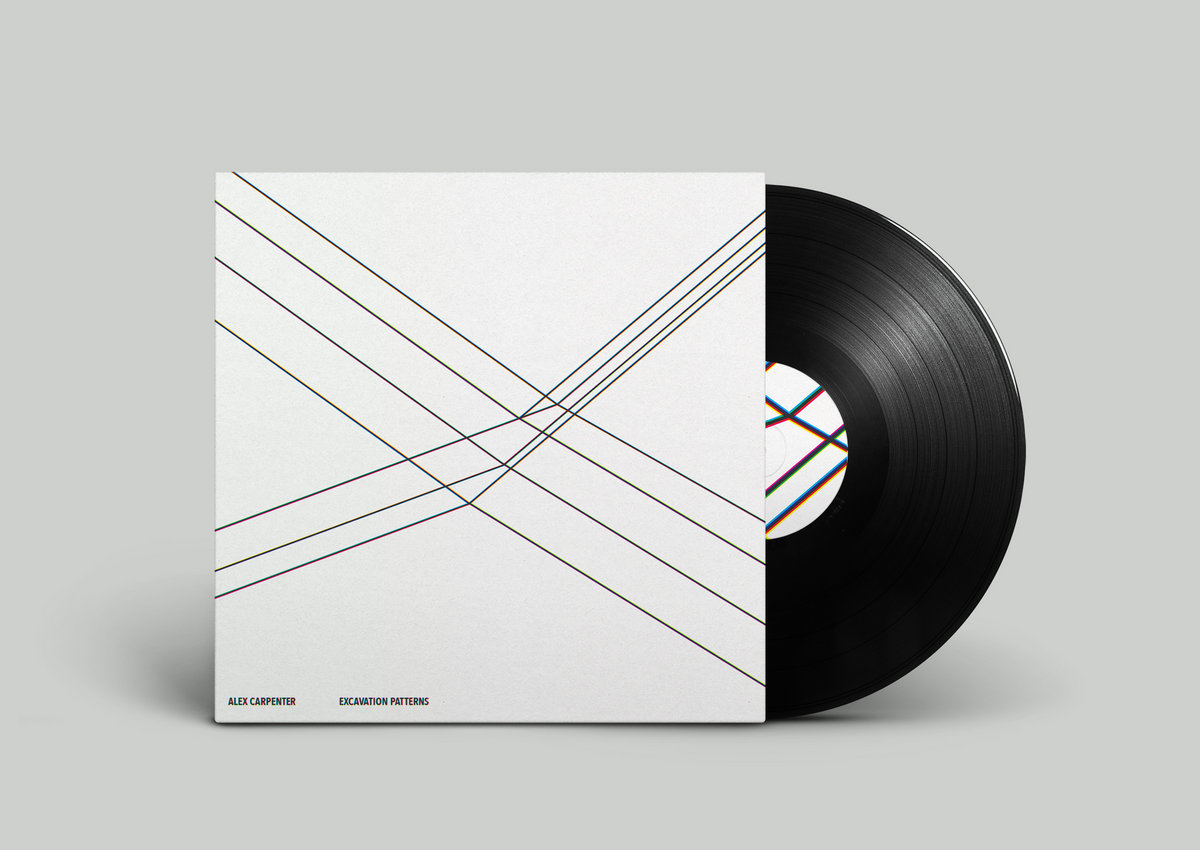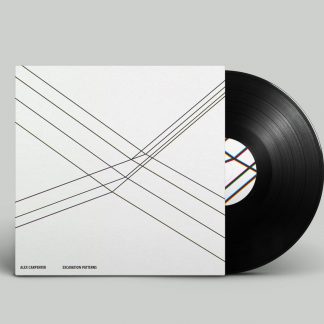Description
“Notes fall … like careful snowflakes … on a slow drift into the night”
-Frans de Waard, Vital Weekly
It was early ’05 and I’d just secured the lease for 9 Anster Street, Adelaide. For the next four years this run-down inner city space would be the endearingly shabby new music venue De la Catessen. It was already a bit of a mess in there when I stepped in on that first day. All sorts of crap lying around. Plus I had a truckload of my own stuff to move in, which went straight on top of the existing mess. There was a lot of work to do just to dig through it all.
There were two main rooms: one downstairs where I’d host concerts for an audience of up to three dozen, and one upstairs with a light pong of pigeon manure and bad plumbing where I would live. Alex Carpenter came around to drop off a demo CDr of his new album, to check out the space, and to talk gigs. I don’t recall him commenting on the clutter or the smell, but the title of his new demo Excavation Patterns made me smile.
Alone upstairs that evening I unjammed the windows onto what was then one of Adelaide’s dingier alleys, opened a bottle of wine that I’d happily found somewhere amongst the junk, and put Alex’s demo on the stereo. When it came to the end of the disc I played it again. Astonished, I played it a third time. And then again. Wow. It’s still the best night of my life I’ve ever spent alone…
Excavation Patterns really grew like a plant as I listened to it over and over that first night at De la Catessen. And I finally understood what Alex was getting at when he talked about tending to and nurturing his music. It had a life of its own, and would fasten to the mortar of your mind and bind your synapses with its tendrils.
Over the next few years Excavation Patterns took hold as De la Catessen’s de facto ‘last drinks’ call. As a result everyone who came through the place knew Excavation Patterns even if they couldn’t identify it, like a familiar old ivied building recalled with nostalgia without knowing what was inside.
Is it from the ivy or the building that such nostalgia comes? Perhaps it’s their relationship. As Excavation Patterns creeps and smothers, winds and bonds, it takes the shape of its ancient host, the Symphony. Alex’s music rests lightly over the hewn stone and abandoned austerity of the Symphony’s inner spaces, veiling its four rooms rather than filling them, kindly drawing attention away from its pride and neglect and leaving a window to each cooled room unobscured for light to play through dust falling from the rafters: Excavation Patterns itself isn’t a symphony, but it is draped over the Symphony, lovingly, like a verdant shroud.
Alex in the meantime had uprooted himself and moved to New York, leaving Excavation Patterns growing in our backyard. It started behaving like a rhizome, and would pop up here and there around Adelaide, further and further from where it was originally planted, becoming a beloved though almost anonymous part of the public ambience. Several years later Sarah and I listened to it in hospital for five days straight when our first child was born, letting it take root in the maternity ward and grow like a cool, quiet forest around our little one, decking the ceiling with vines as the walls became the world all around.
Only a few days ago at the time of writing I was at a pub gig in the suburbs. At closing time, as the band packed up, Excavation Patterns played on the PA. I discreetly probed the sound guy about his playlist, and he blithely attributed Alex’s masterpiece to someone else. Hmm, I thought. Better nip this in the bud. So I’ve hacked back through history, taken this cutting of Excavation Patterns from the original demo Alex gave me 15 years ago, and grafted it to vinyl for you. Kick the window open, crack a bottle of something nice, and plant it on your stereo. No special instructions. It’s low maintenance. It may even tend to you – Luke Altmann
Limited edition of 300 hand-numbered LPs.



